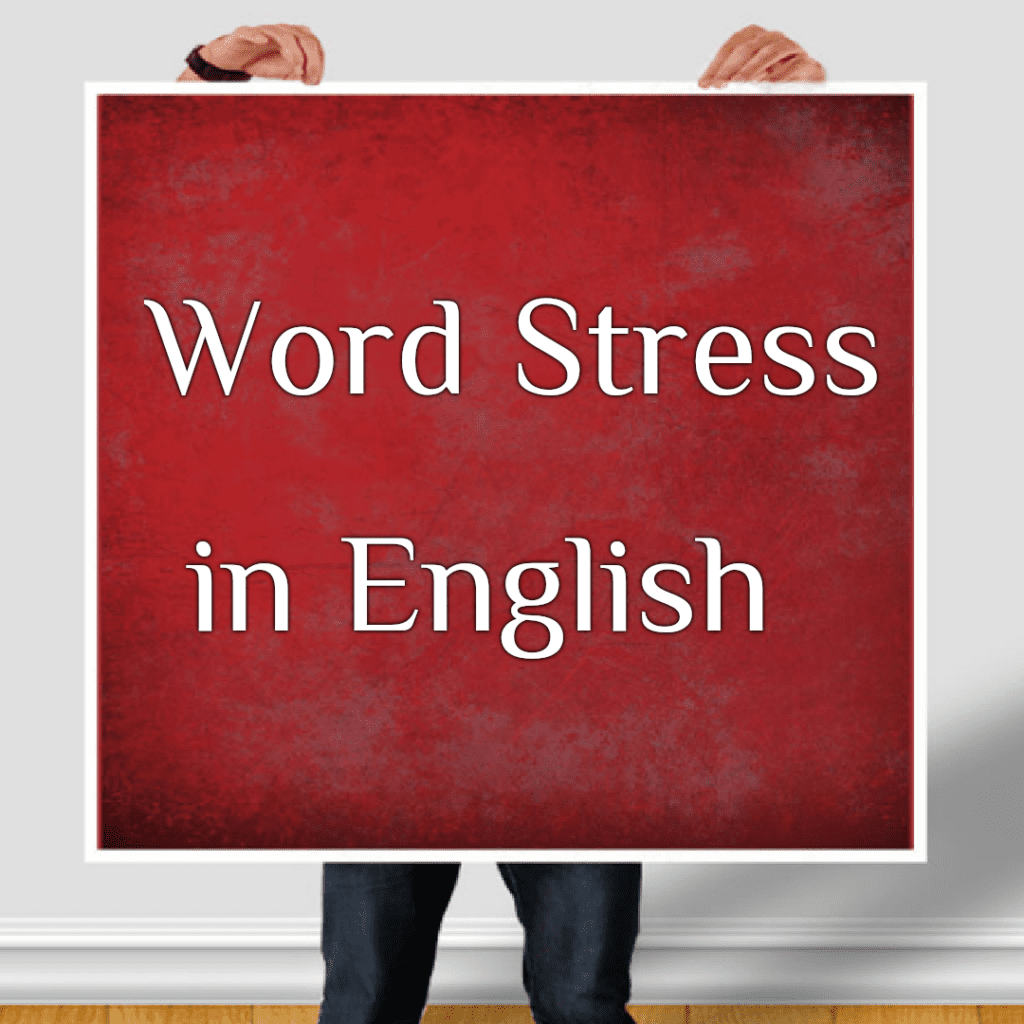Pronunciation
Phonetic transcription and knowledge about English speech sounds is often ignored by many English learners. Correct and clear pronunciation is as important as listening and speaking skills. If you know how to pronounce the words and phrases correctly, your level of speech understanding is also increased. To have clear pronunciation, you should understand about all letters, speech sounds and their pronunciation. In English there is no one to one correspondence between spelling and sound. There are various letters and sounds which represent different sounds or letters. In this post we will discuss about English Speech Sounds -12 Pure Vowels and their Symbols.
There are 26 letters in English alphabet. These 26 letters represent 44 sounds. Each sound has its own symbol. I have already discussed the Importance of English Speech Sounds and symbols in the last blog post. Click here to read. English language has 44 speech sounds or phonemes (smallest unit of speech sound) in its sound system. These 44 sounds consist of 20 vowels sounds and 24 consonants sounds.
Are you surprised knowing about 20 vowels?
As you have heard that there are 5 vowels a,e,i,o,u.
What are those 20 vowels? This can be a genuine question in your mind.
Here is the answer for your questions. The five letters a,e,i,o,u are vowel letters. We get 20 vowel sounds from these 5 vowel letters.
20 vowels are further divided in two parts
1.Monophthongs (12)
2.Diphthongs (8).
12 monophthongs and 8 diphthongs are 20 vowel sounds.
12 Pure Vowels and their Symbols
Monophthongs
Monophthongs are also called pure vowels as they have single sound in their pronunciation.There is no shift or glide from one sound to another sound while we pronounce these vowels.The position of our tongue and mouth remains the same when we pronounce these vowel sounds.
12 Monophthongs are further divided into two parts Long vowels (5) and short vowels (7).
Long Vowels:
These are the symbols for long vowels with various examples to understand their pronunciation.
/ɑ:/ Palm/pɑ:m/, Calm/kɑ:m/, Cart/kɑ:t/
/u:/ Cool/ku:l/, Fool/fu:l/, Food/fu:d/
/ɔː/ Cause/kɔːz/, Call/kɔːl/, all/ɔːl/
/i:/ Read/ri:d/, Seat/si:t/, Wheat/wi:t/
/ɜː/ Earn/ɜːn/, Learn/lɜːn/, Turn/tɜːn/
The two dots with these symbols denote longer pronunciation.These sounds are pronounced in longer way that is why they are called Long vowels.
Short Vowels:
These vowels are not pronounced in longer way. They are called short vowels. Know about the symbols for short vowels with various examples. Phonetic transcription of the words will help you understand the pronunciation for the sounds in a better way.
Read about short vowels.
/ ə / about /əbaʊt/, ago /əgəʊ/, letter /letə/
/ɪ/ pit /pɪt/, sit /sɪt/, kit /kɪt/
/ ʌ / mud /mʌd/, bus /bʌs/, cup /kʌp/, shut /ʃʌt/
/ ɒ / lot /lɒt/, cot /kɒt/, dot /dɒt/, pot /pɒt/
/e/ bed /bed/, head /hed/, red /red/, get /get/
/ʊ/ foot /fʊt/, good /gʊd/, cook /kʊk/, look /lʊk/
/æ/ bad /bæd/, cat /kæt/, mat /mæt/, rat /ræt/
Read about diphthongs or Impure vowel sounds and symbols here. Read about consonant sounds and symbols here.
To understand the pronunciation for the above sounds you can click on the videos given below.

Thanks
Thanks 👍
Good
Thank you!
Thanks.